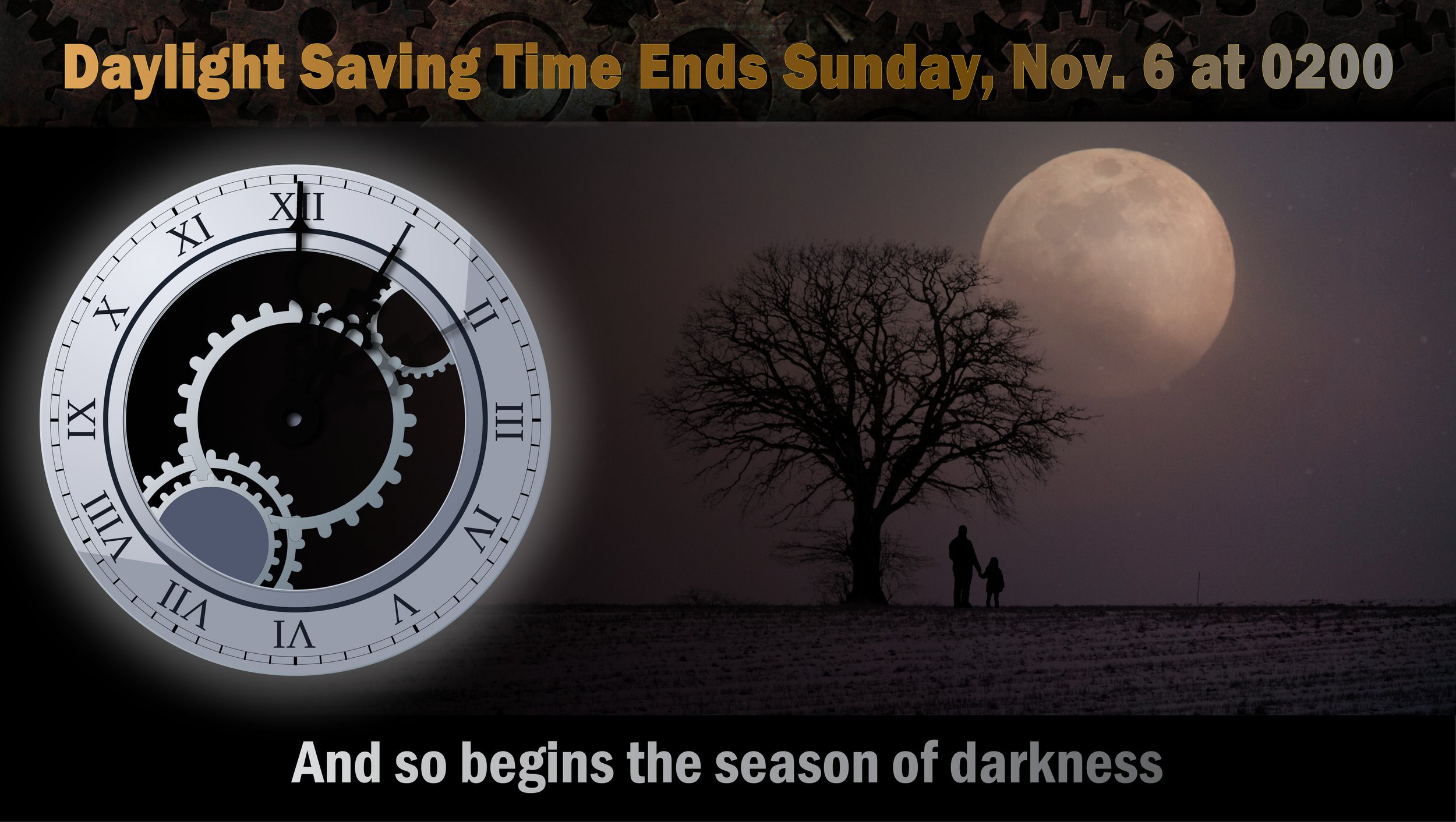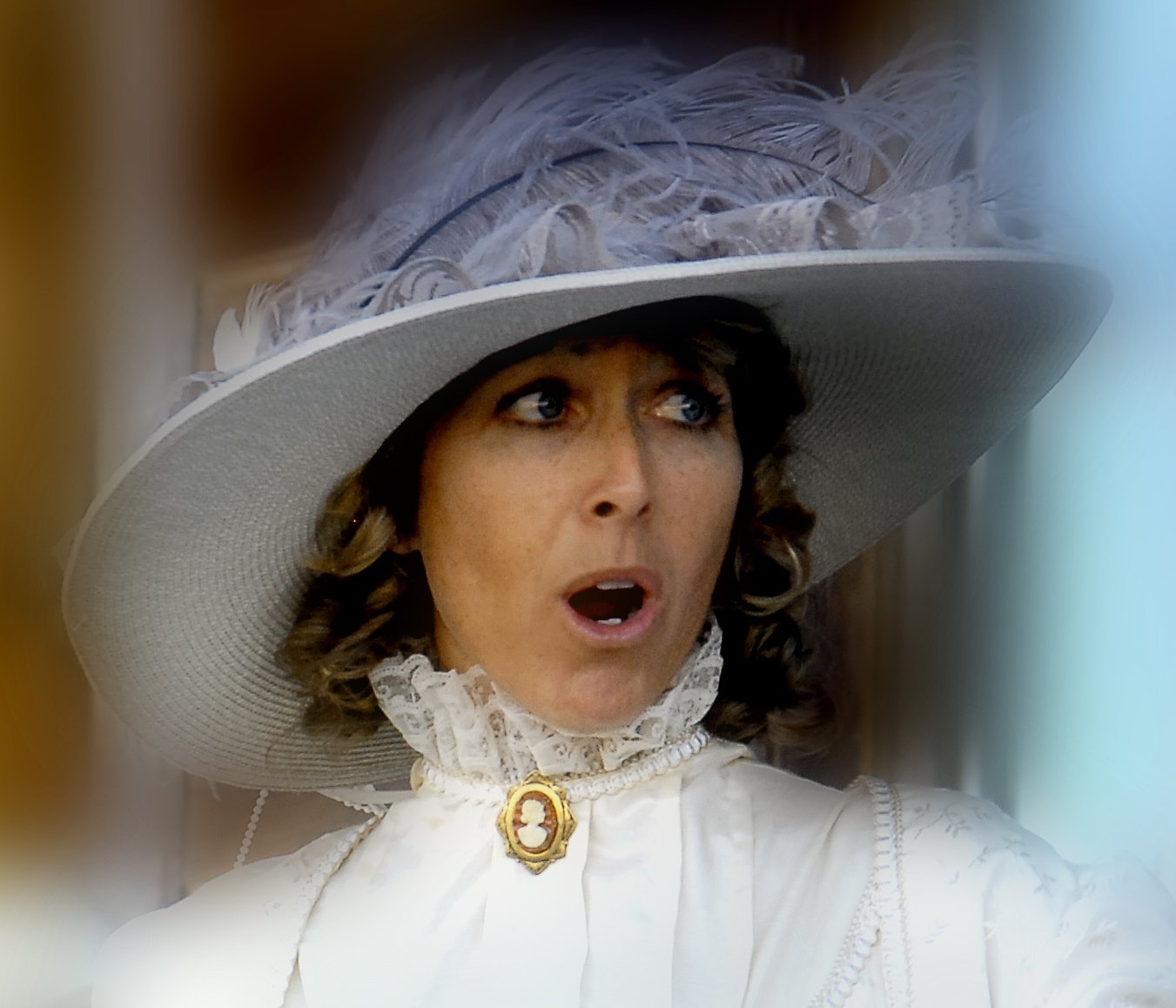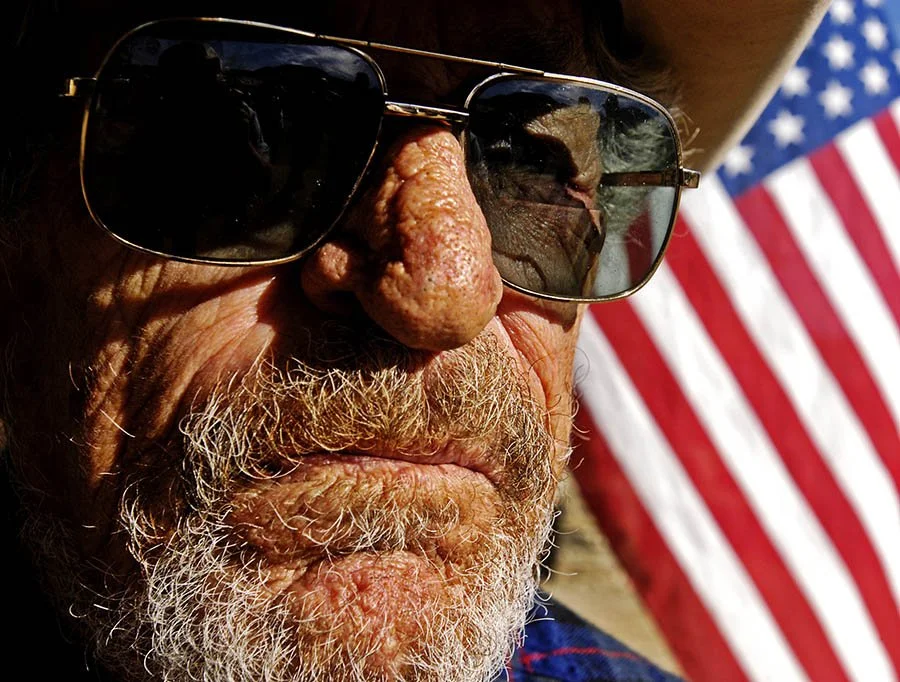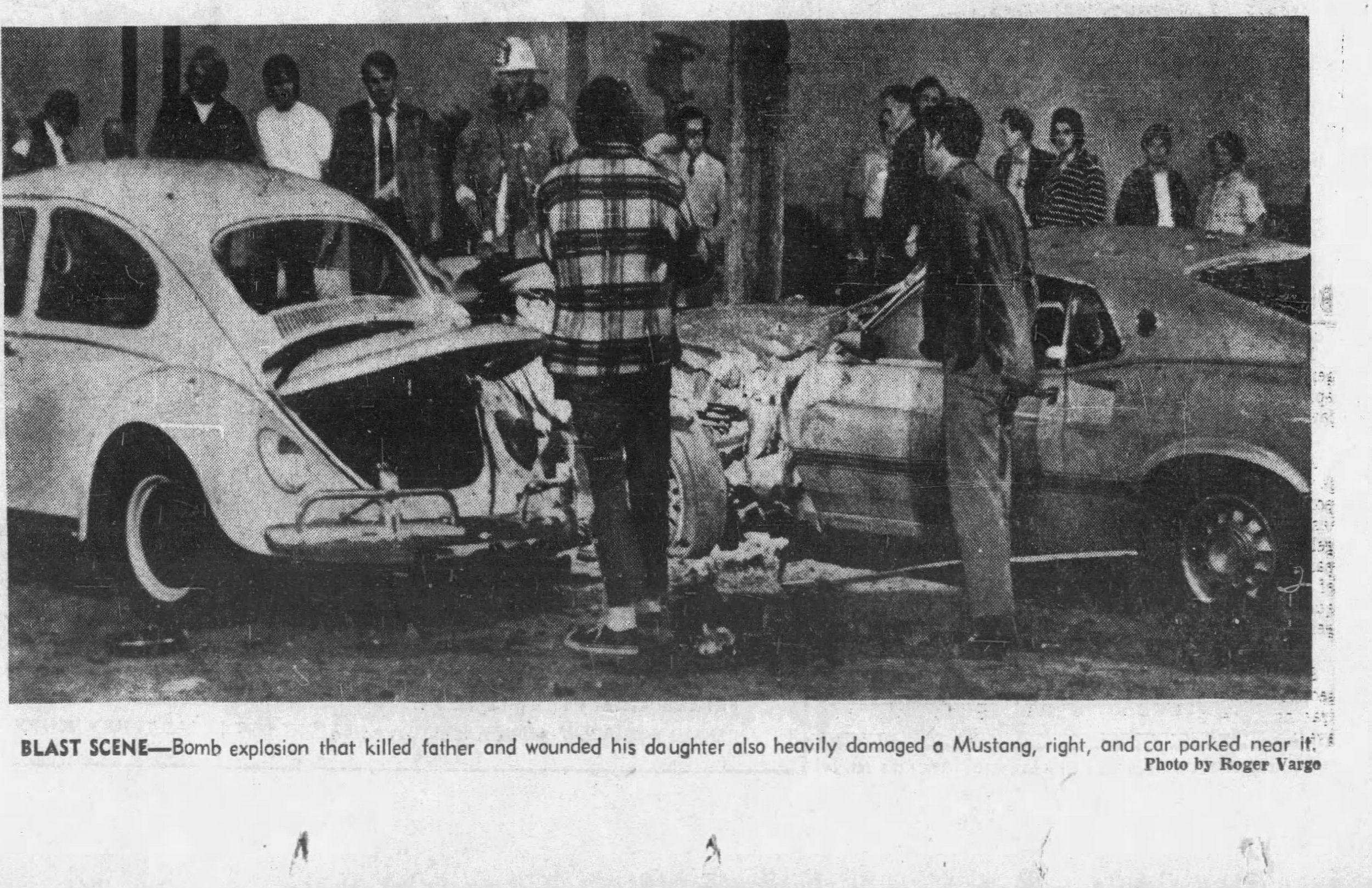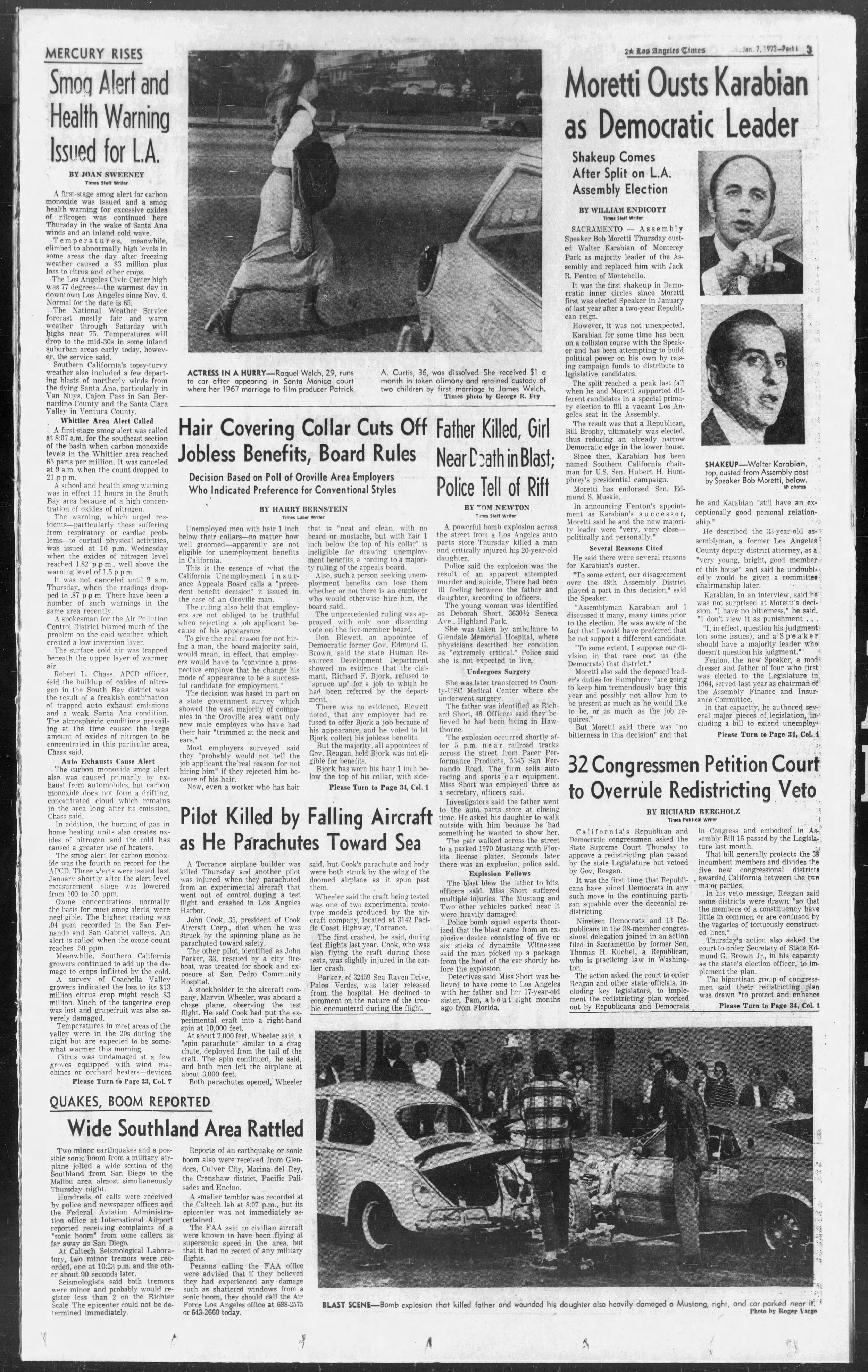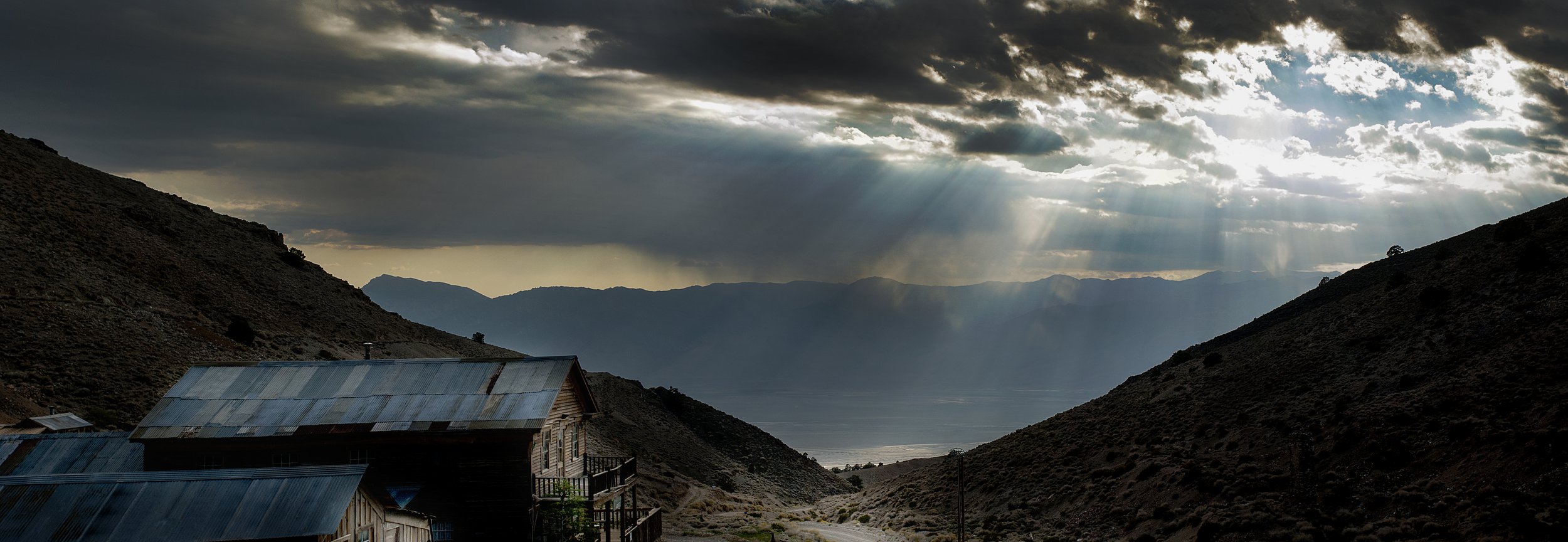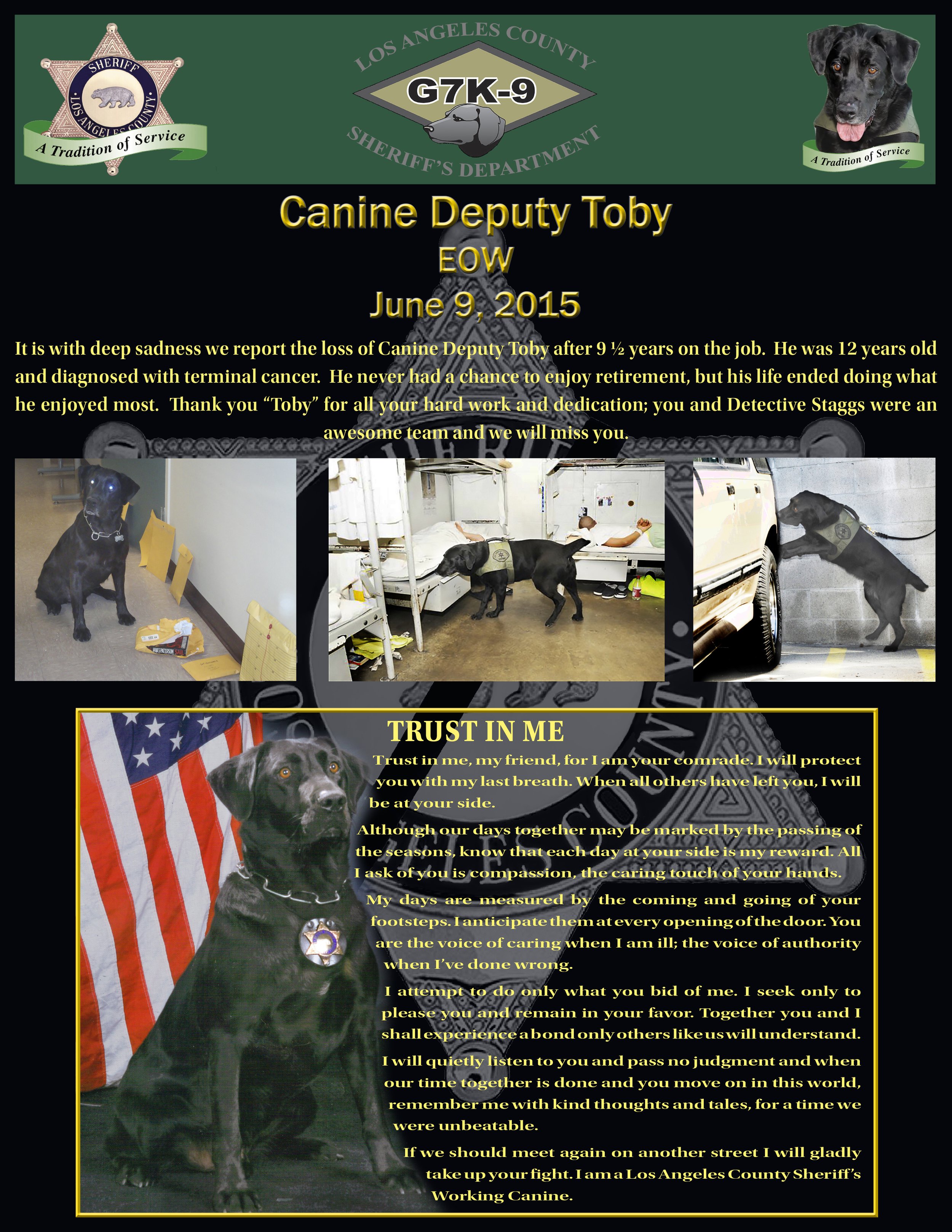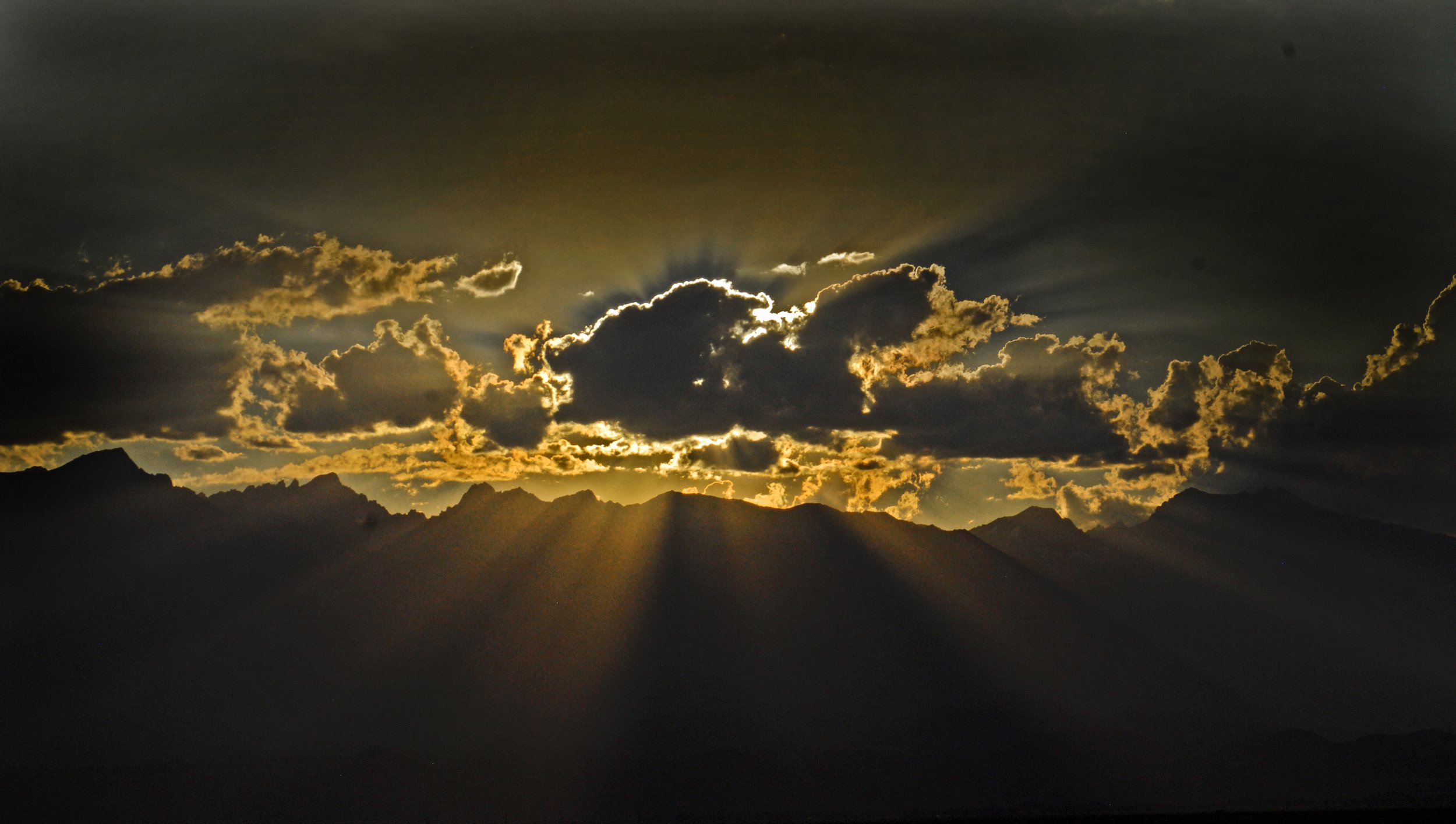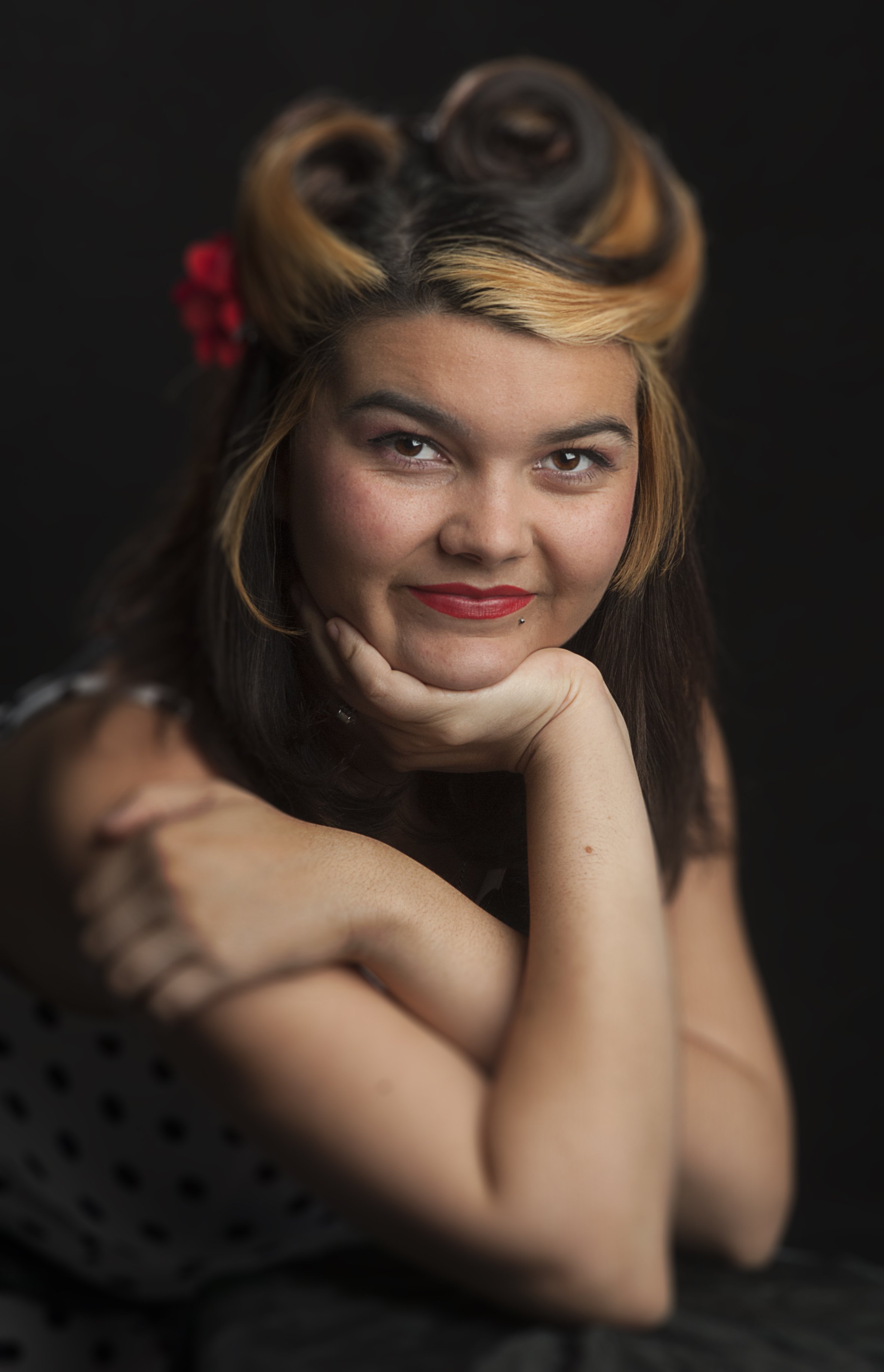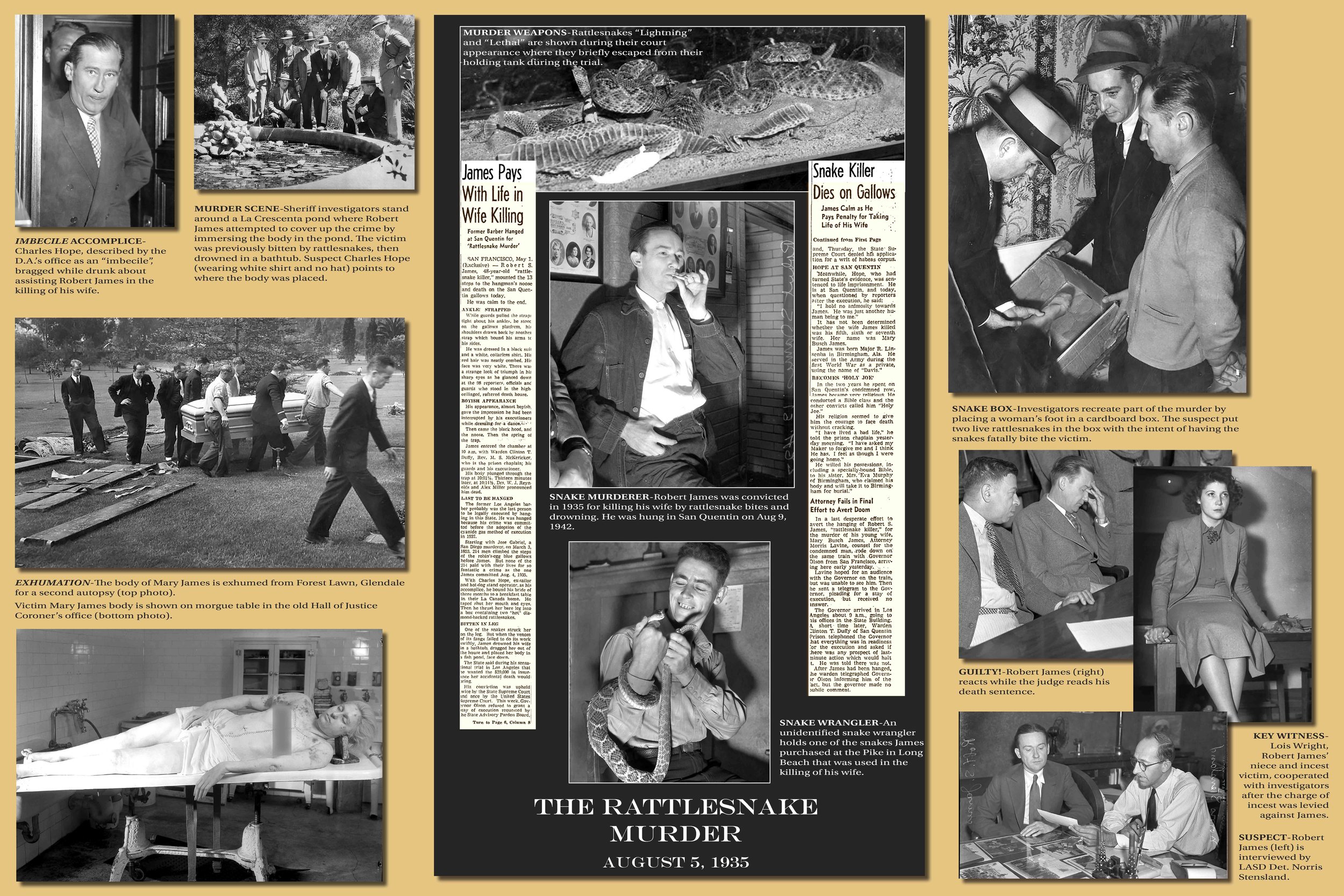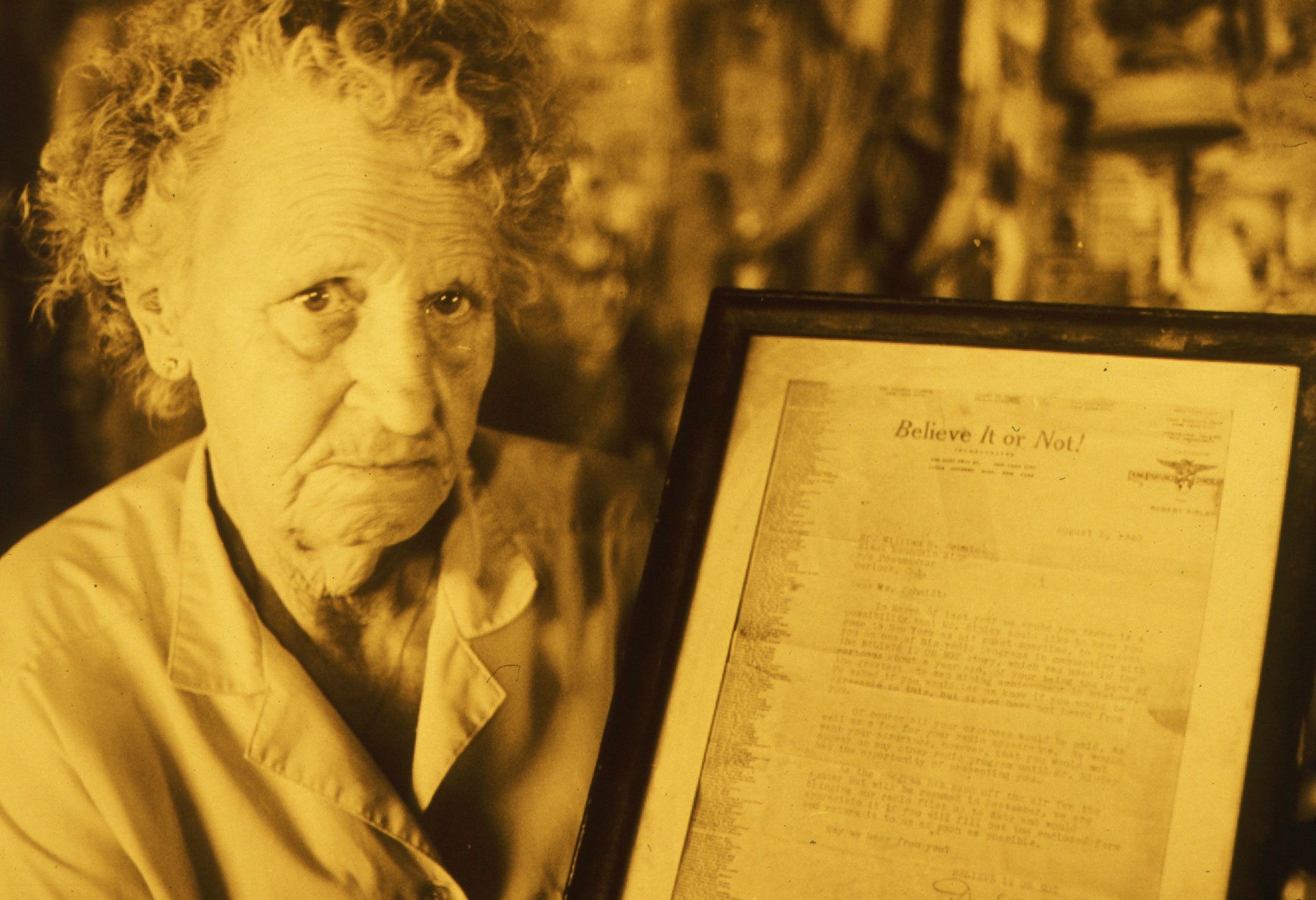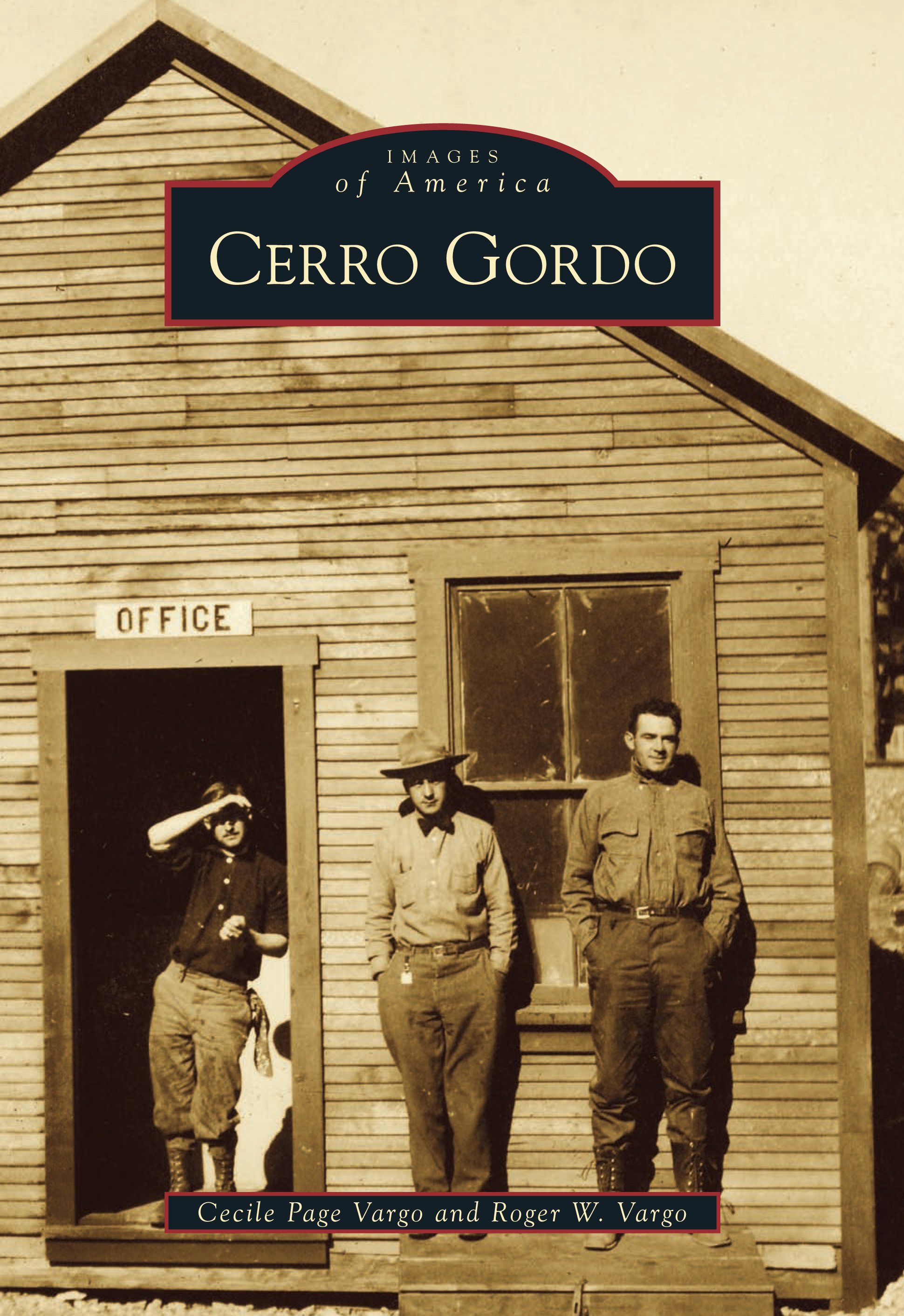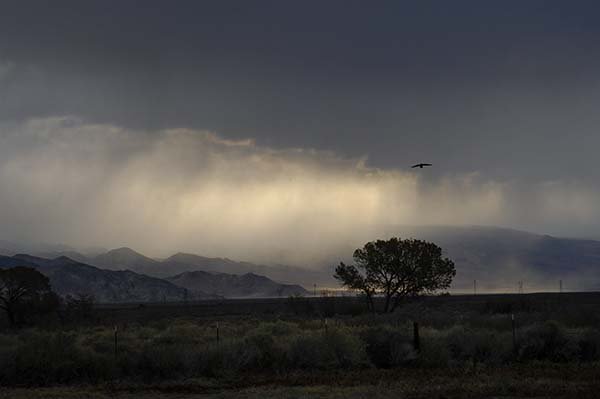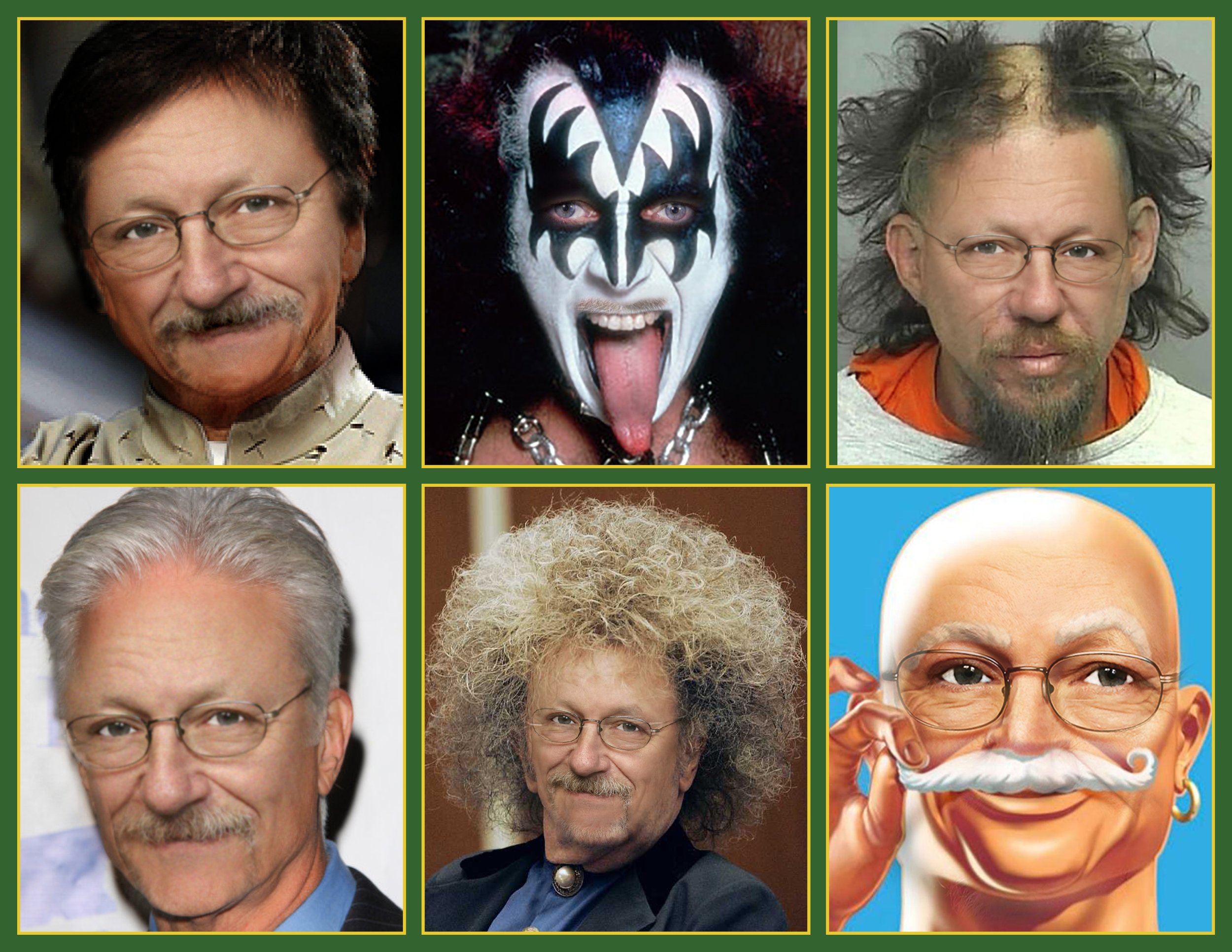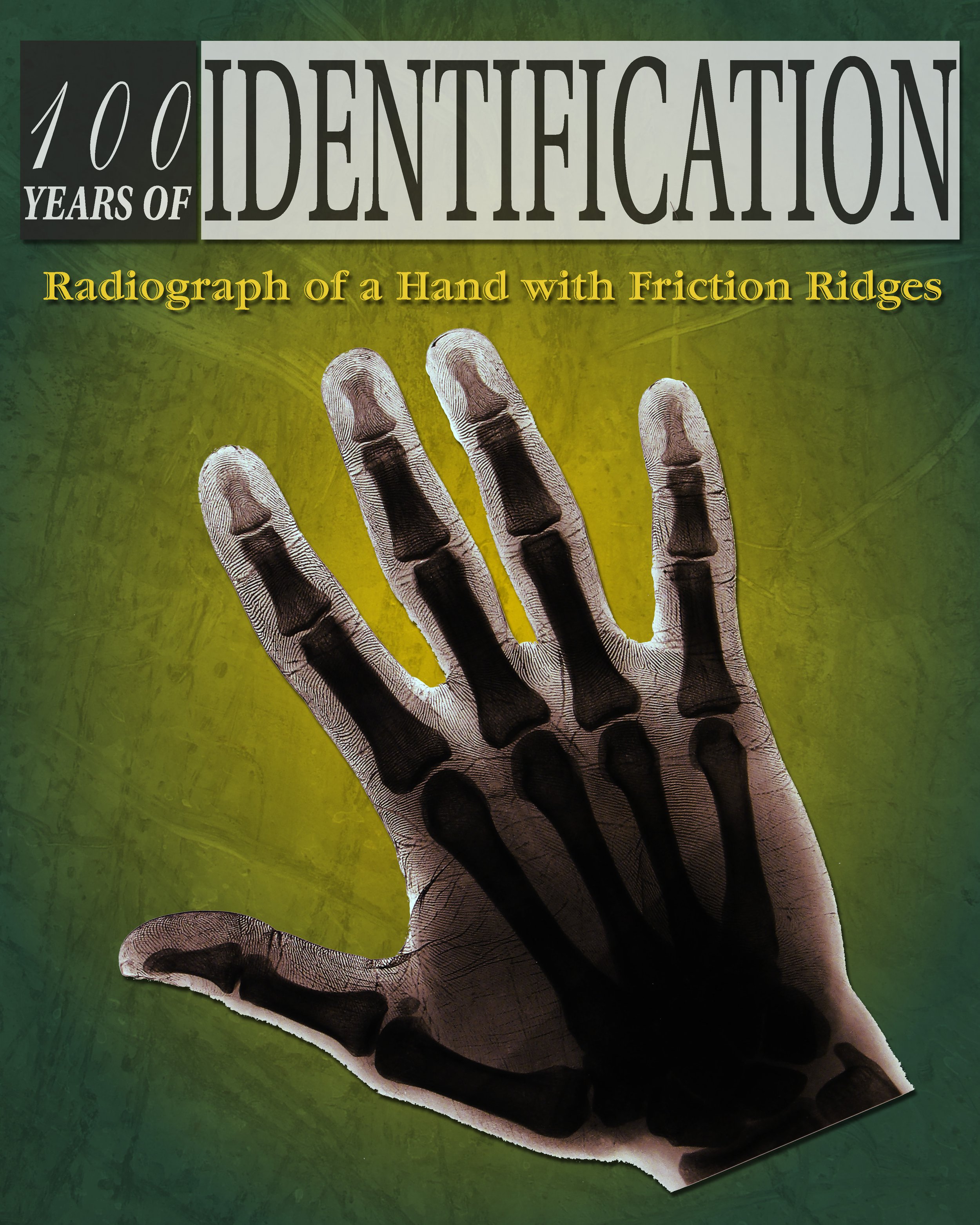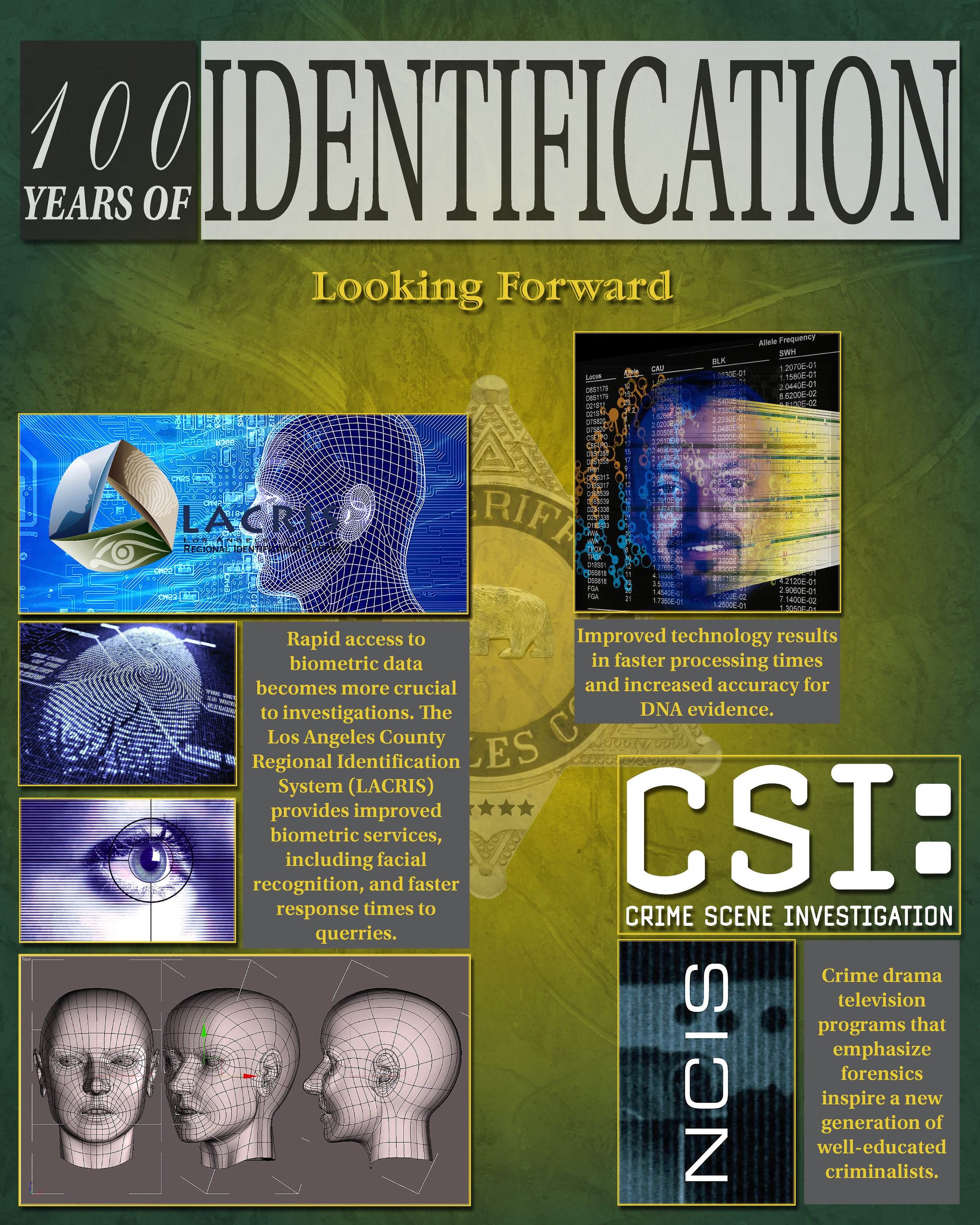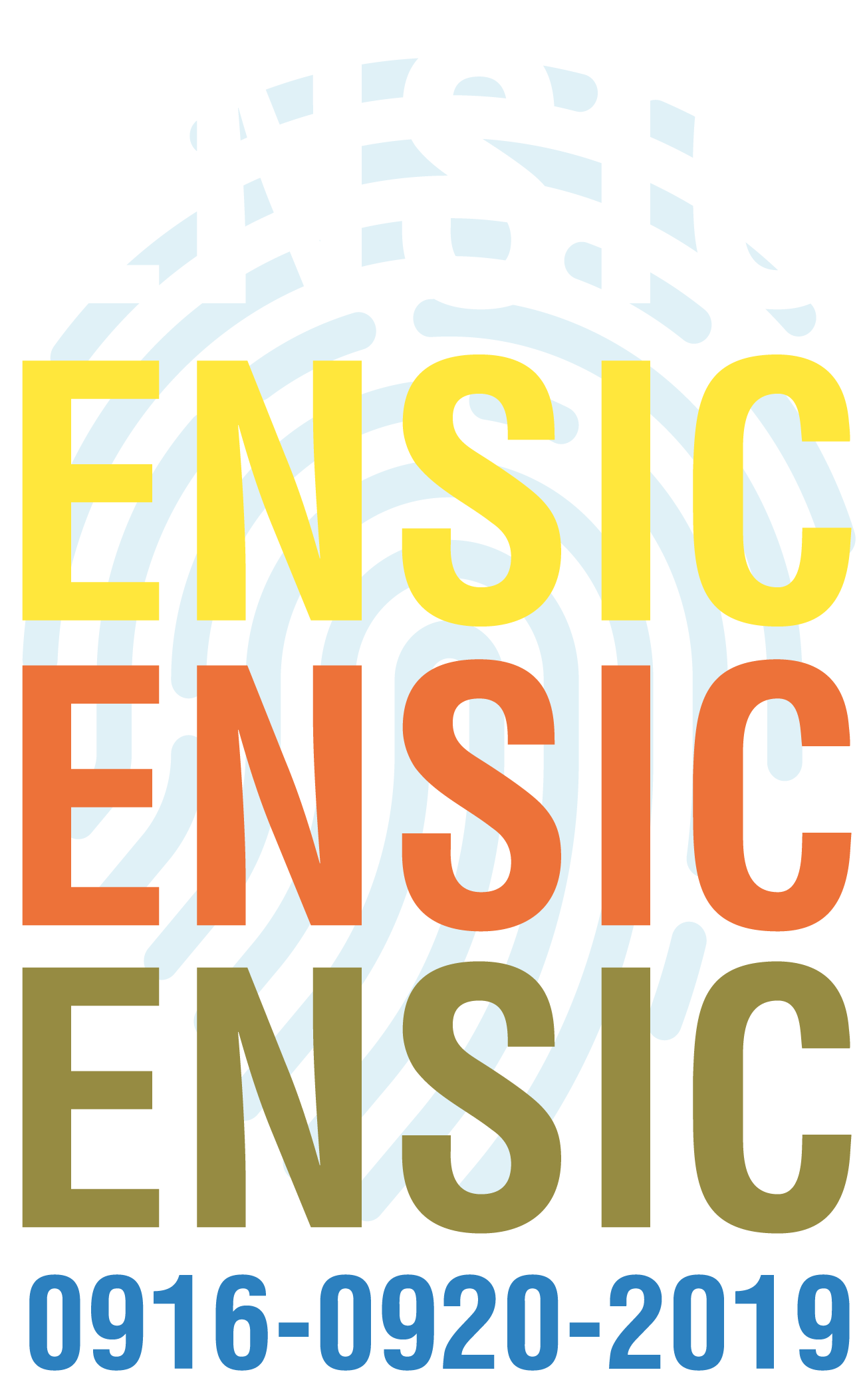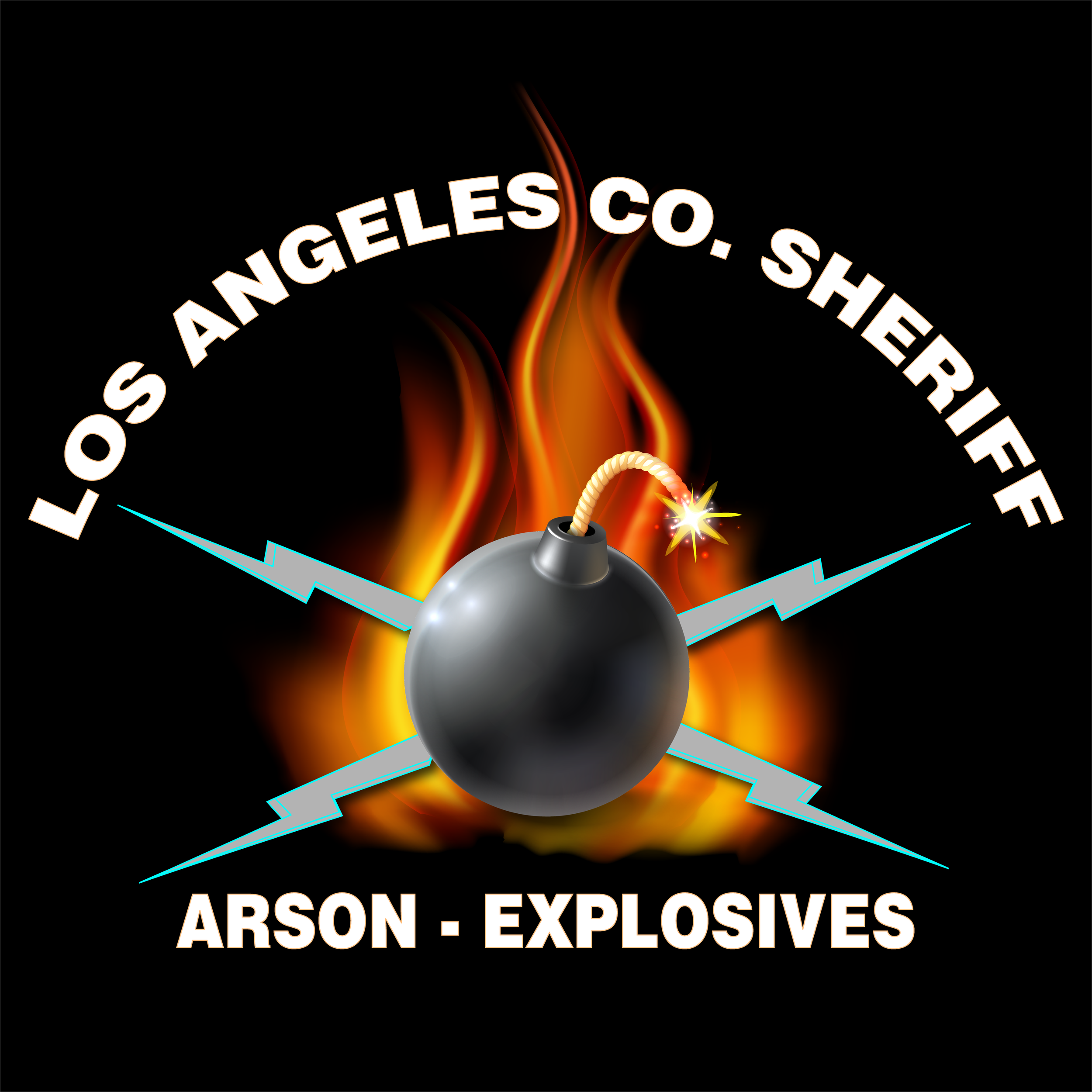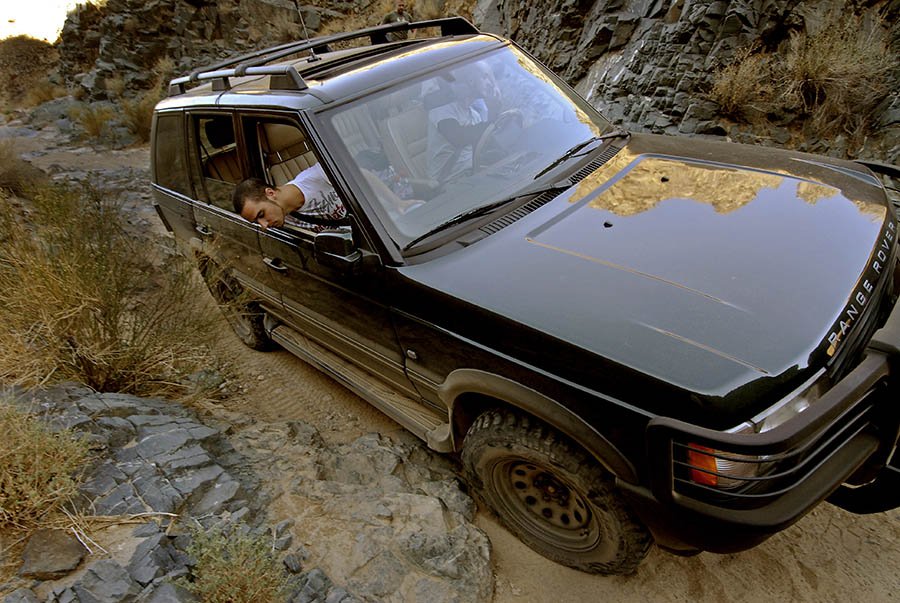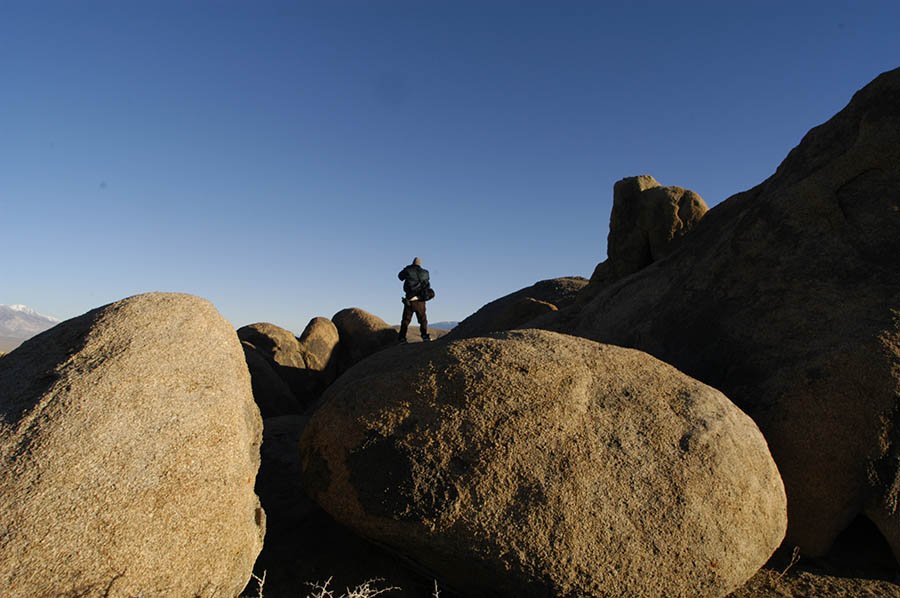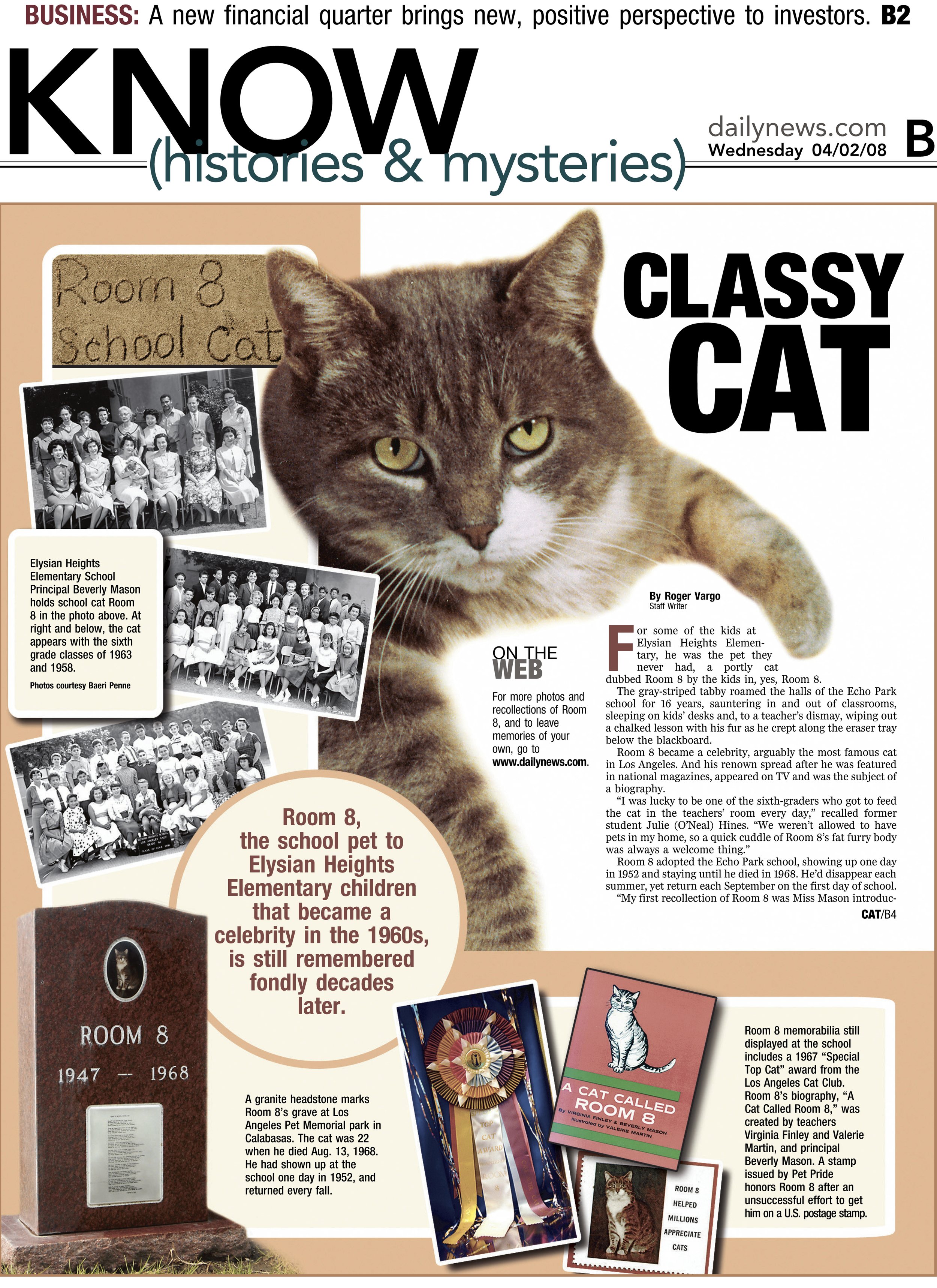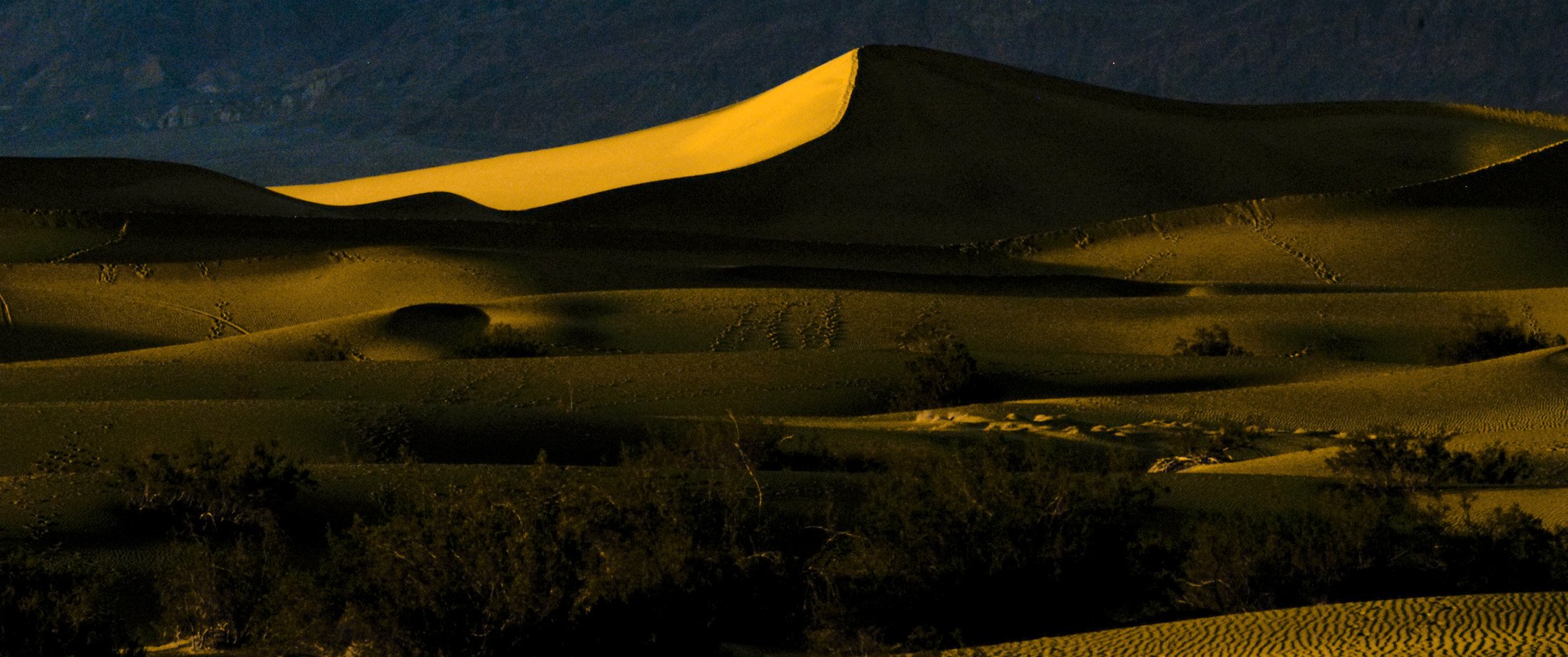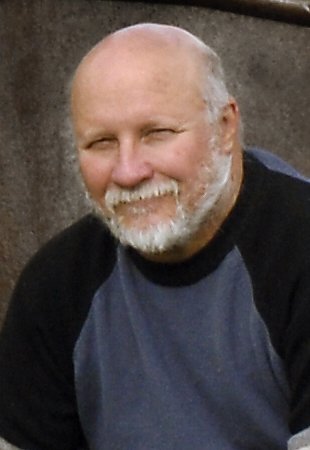May 2024 Roger W. Vargo
What is your current position and who is your employer?
I am a graphic designer with the Los Angeles County Sheriff’s Department Photo/Digital Unit at the Crime Lab.
Roger Vargo self portrait, at Cerro Gordo ghost town, 2018.
When did you become a PPAGLA member?
I joined PPAGLA circa 1976 when I worked at the Santa Monica Evening Outlook. I served on several Boards of Directors and was President in 1985.
IT'S ONLY A MOVIE--A scene from the film "Encino Man" being filmed in San Fernando, January 16, 1992. (Photo by Roger W. Vargo)
How long have you been a photojournalist and how did you get started?
I’ve had a life-long interest in photography that paralleled my interests in science, especially chemistry, and electronics. My first camera was a Kodak Brownie. I got my first “real” 35mm camera, a Yashica Electro 35, in junior high and my first SLR, a Mamiya 500DTL, in high school where I was part of the school newspaper and yearbook team.
After graduating from high school, I attended Cal State LA. Photojournalism was a new college discipline at the time and wasn’t offered at Cal State LA and I didn’t want to deal with the commute to Long Beach. Photography was offered in the Industrial Studies department, but I didn’t want to take unrelated “shop” classes.
I became familiar with the journalism department through Frank Candida and joined the College Times as a student worker, then a photographer and later photo editor and became a journalism major. Most of the curriculum wasn’t relevant to my photography interests and I worked with Gaye Smith, the paper’s advisor, to customize a course of study that substituted photography classes for some traditional journalism classes. I had a few freelance news photos published in community newspapers and the LA Times picked up my photo of a fatal Glendale car bombing in January, 1972. I graduated from CSLA with a degree in journalism in 1974.
My first paying journalism job started in my senior year in college at the San Gabriel Sun newspaper where I was the photographer. That lasted about two years and I moved on to Ralph Samuels’ Valley Photography (RSVP), which was the contract photographer for the Valley News and Green Sheet, where I stayed for about 2½ years.
The working conditions were less than ideal since RSVP did both photojournalism for the paper as well as commercial and PR photography for private clients. Ethics weren’t Samuels’ strong points and we did many assignments for the paper where the subject was also one of Samuels’ commercial clients, all while using our own equipment with bulk loaded 35mm film to save on overhead.
I heard about a job opening in 1976 at the Santa Monica Evening Outlook. I left RSVP to work with Bob Smith, Bill Beebe, Jim Ruebsamen and Richard Mackson, and later Rick Levine, at the Outlook from 1976-1979. While I still had to use my own equipment, the Outlook provided all the factory-rolled Tri-X I could want, along with being part of a “real” newsroom and having professional photojournalists as colleagues.
The Valley News had been acquired by the Tribune Company and was on its way to become a daily newspaper. RSVP was absorbed into the paper and became the photo department with the commercial side being dropped and Samuels’ days numbered as Chief Photographer.
The daily commute from my home in La Crescenta/Montrose to Santa Monica was grueling and I returned to the San Fernando Valley as the “Seventh Day was Dawning” and the Valley News became the Los Angeles Daily News in 1979.
Finally, there was a company car (the best of all benefits), and company camera equipment, plus better pay and benefits than the Outlook could offer and less of a daily commute. Bob Halvorsen took over when Samuels retired and Craig Mailloux replaced Halvorsen in 1985. Dean Musgrove joined the Daily News as Mailloux’ deputy after the Examiner folded.
New technology was eclipsing the old ways of the newspaper world. The Daily News finally joined the digital revolution in 1997 and slowly transitioned to pagination. There were discussions as to how this should be accomplished for photography. Should the newly created position of picture editor be a mere technician (“scan monkey”) or should the position encompass more than just technical skills and include the journalistic, photographic and ethical skills of a full editor?
In uncharacteristic fashion, the Daily News choose wisely and Lori Valesko, Cecil Yates, and I became the new Picture Editors with Mailloux as head and Dean Musgrove as Director of Photography.
Pierce College was also joining the digital revolution for their student newspaper and asked us to help train their instructors in Photoshop and digital production. This led to a long running adjunct faculty position for me teaching photography, Photoshop, photojournalism and helping to advise the Roundup newspaper. The Daily News benefited from being able to offer part time (and some full time) employment opportunities to Pierce students.
Valesko and Yates eventually moved on as did Mailloux, and I became the Senior Picture Editor until my job was eliminated in 2009.
I have been able to apply my journalistic training and skill set to my current job with the Sheriff’s Department where a large portion of my work involves designating informational graphics.
Please share some career highlights:
I’ve had the opportunity to cover a variety of assignments. I enjoyed breaking news the most(and society/entertainment events the least), along with teaching at Pierce. But, of everything I’ve done, the project I’m most proud of is a story I did in 2008 about Room 8, the most famous cat in Los Angeles. Room 8 was a beloved part of my childhood and had faded into obscurity before my story revitalized interest in him.My fascination with ghost towns and Western Americana led me to a long-term relationship with the ghost town of Cerro Gordo in Inyo County. It was one of my regular destinations when I led 4X4 tours. My wife and I have authored two books on Cerro Gordo, formed a 501 (c) (3) organization to support the town and are now the town’s historical consultants.
What advice do you have for students and those hoping to become photojournalists?
Put down your smart phone, take out your ear buds and look at the world around you. Learn as much as you can across a diverse subject spectrum. Photojournalism isn’t just about photography;it’s about interacting with people and having the curiosity to ask questions and seek answers. Embrace technology. Photography today is no longer about the battle between Ektachrome and Fujichrome or Diafine vs D-76. Our cameras have become mini computers and it’s vital to have an understanding of their inner workings and of the systems they interface with.Learn to write! As a teacher, I was appalled at the lack of basic writing skills by many of my students, and unfortunately, the same held true for some peers. Learn your worth. Learn the business of photography. Too often, we as photographers, tend to undervalue our time and our work product.
Cowboy Bob-Randsburg CA "character".
What is something you know now that you wish someone had told you when you were starting out?
Your employer is not necessarily your friend. The world does not revolve around the NPPA and there’s more to life than contests.
What is your favorite part of being a PPAGLA member?
The JOM yearbook. The really great people I’ve met via PPAGLA including Glenn Waggner, Tom Kravitz, Joel P. Lugavere, Joanna Matos, Jim Ober, Joe Messinger, Bonnie Burrow and so many others.


